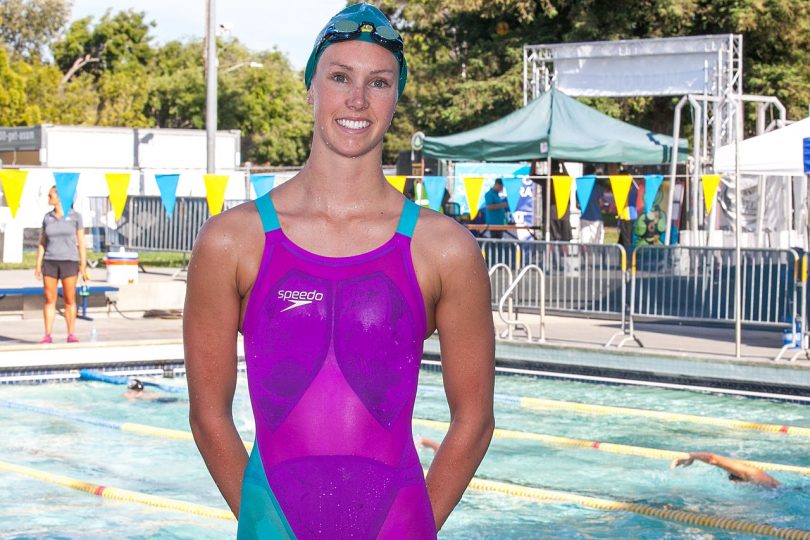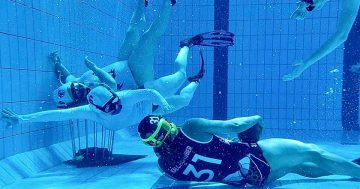
The star of the Australian swimming trials Emma McKeon in 2016. Photo: Wikipedia.
I grew up looking forward to each Olympic Games, sweated on the highlights package before the live 24/7 TV coverage became the norm and shared in the pride Australia felt about its medal performance and participation in the world’s greatest sporting pageant.
For a while there, I could recite athletics and swimming medal winners, despaired at the 1976 Montreal debacle (oh, Steve and Raelene), and rejoiced in the execution and spirit of the Sydney Games.
Come Tokyo, I’ll probably still tune in, cheer on our champions and applaud those who may not take home a medal but nonetheless give their all.
But not with the same enthusiasm because in recent years the gloss has come off the Games amid doping scandals and as the era of the professional athlete entrenched itself. It used to be that three-time Olympians were the exception. Now many are heading to their fourth Olympiad, like swimmers Cate Campbell and Emily Seebohm.
Which brings me poolside, where the shadow of body shaming, abuse and eating disorders hung over the recent Olympic trials after explosive claims from Madeline Groves who pulled out of the event.
It’s an interesting exercise to compare the bodies of athletes from the 1960s and 70s to the sculptured forms of today.
Today, fitness is not enough, and of course, to compete at world level, athletes have always trained beyond that simple level of proficiency, but the methods and strategies employed these days based on the best sports science money can buy can be torturous experiences, particularly for women, or the girls they are when starting out on the training treadmill.
Is it just me, or is anybody else disturbed by the images of our female swimmers emerging from the water with great hulking shoulders and not a sliver of body fat?
They’re sleek swimming machines built to scythe through the water with the least resistance. Special diets, weight programs, kilometre after kilometre of black line fever, surgeries and a war with the callipers.
And much of this will happen during the key development years after puberty when young people are at their most vulnerable.
The impacts of modern training methods fall disproportionately on females whose careers, at least in swimming and gymnastics, start earlier than their male counterparts.
What price is being paid for success?
The lid has been blown on the abusive practices of some coaches, the eating disorders that stem directly from the body shaming and restrictive diets, and the sexual innuendos flung around the pool or gym. But what of the long term health impacts, the disruption to menstrual cycles and the possible fertility issues as women devote their formative and most productive years to the pursuit of gold?
After Montreal in 1976, where Australia won zero gold, one silver and four bronze (our worst medal-winning performance since Berlin in 1936), the nation collectively said never again, so we accept a whatever it takes approach.
But I can’t help feeling we are asking too much of our young people and that the human spirit that the Games were meant to honour and inspire has been squeezed dry, leaving only a robotic body going through the motions, ever so perfectly.















